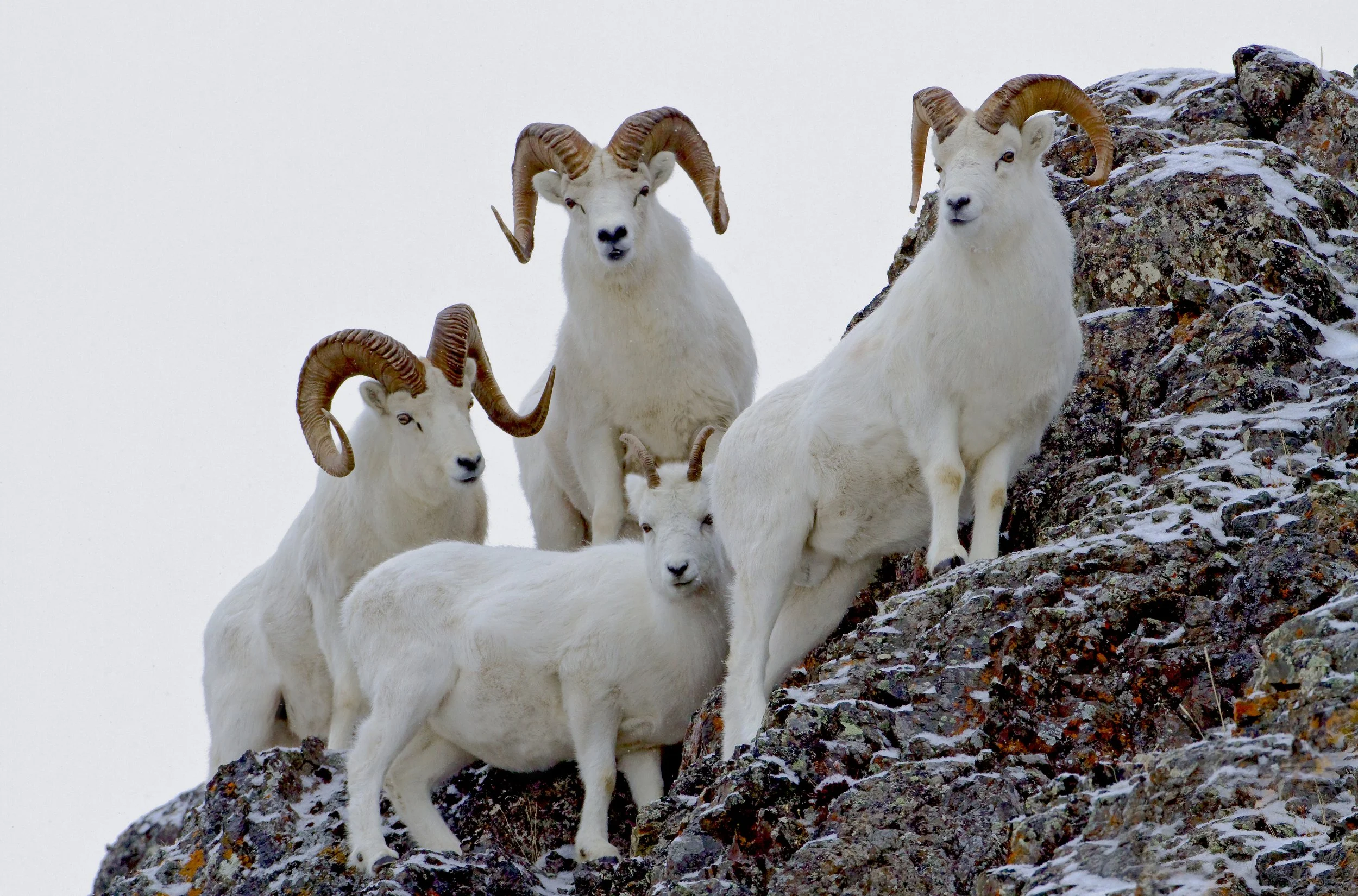National Parks Series: Denali
Adventure seekers, wildlife lovers, photographers, and nature explorers: Denali National Park and Preserve is calling you to experience the wild heart of Alaska’s breathtaking wilderness.
Denali National Park and Preserve covers an immense 6 million acres of pristine wilderness in south-central Alaska, centered around Denali, North America’s tallest peak at 20,310 feet. Established originally as Mount McKinley National Park in 1917 to protect Dall sheep, it was renamed Denali in 2015 to honor the native Koyukon Athabaskan name meaning “the tall one” or “mountain-big.” This vast park encompasses a spectacular portion of the Alaska Range, including glaciers, alpine tundra, taiga forests, and wild rivers.
North America's highest peak at 20,310 feet, Denali features the greatest vertical relief of any mountain on Earth (18,000 feet from base to summit). Composed primarily of granite, it rises approximately 1 mm annually due to ongoing tectonic activity. The peak was originally named Mount Mckinley, but was renamed in honor of its Native history. Denali means “mountain-big”.
The park road, a 92-mile mostly gravel route, is the main artery for visitors to explore Denali’s wilderness. Private vehicles are permitted only on the first 15 miles, with shuttle buses providing access deeper into the park during summer. The road winds through valleys and offers glimpses of rugged mountains, glaciers, and abundant wildlife.
Denali’s landscape is shaped by glaciers and alpine processes, with the Denali Wilderness protecting the highest elevations and about one-third of the park’s area. The weather is famously variable, often cloaking the mountain in clouds—only about 30% of visitors see Denali, and fewer still see it fully unobscured.
Denali’s ecosystem is a rich sub-arctic environment, home to over 1,500 species of plants and a wide variety of wildlife. The park is famous for its “Big Five” mammals: grizzly bears, wolves, moose, caribou, and Dall sheep. Birdlife is diverse, with 169 species recorded, including year-round residents like ptarmigan and gyrfalcon. The only amphibian present is the wood frog, which uniquely survives the harsh winters by freezing solid.














Denali’s human history includes the native Athabaskan peoples who have long revered this land. The park was the first in the U.S. created specifically for wildlife protection, and today it continues to support scientific research, wilderness recreation, and conservation.
Visitors can enjoy hiking, mountaineering, cycling, camping, and wildlife viewing. The Denali Visitor Center, open in summer, offers educational exhibits, ranger programs, and amenities including a restaurant and gift shop.
Denali National Park and Preserve stands as a symbol of wilderness preservation, offering a rare opportunity to immerse yourself in one of the last great wild places on Earth. Whether you come to see the towering peak, encounter wildlife, or simply experience solitude in nature, Denali promises an unforgettable adventure.



